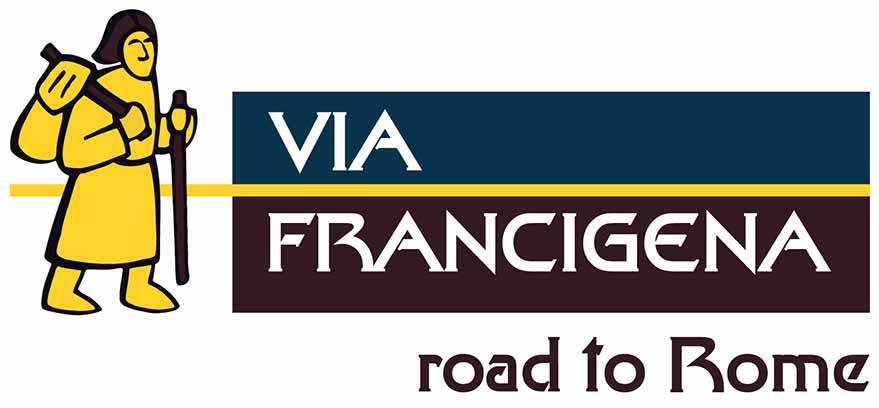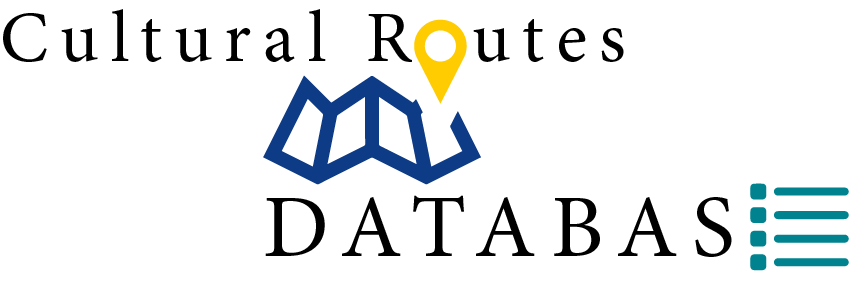Via Francigena

“Cultural Route of the Council of Europe” certified in 1994

In 990 AD, Sigeric, archbishop of Canterbury, travelled to Rome to meet Pope John XV and receive the investiture pallium. Along the way, he recorded the 79 stages of the journey in his diary. Thanks to this historic document, it was possible to reconstitute a route between Canterbury and Rome, which can now be followed by all travellers in a search of cultural discoveries and slow travel. In 2019 the route was extended from Rome to Santa Maria di Leuca, based on an Itinerarium Burdigalense, a journey of an anonymous pilgrim from 333 AD.
 Heritage
Heritage
When travelling on the Via Francigena, one walks along the “European cultural corridor”, discovering highest artistic cultures from pre-Romanesque and Romanesque, to Gothic, Renaissance and Baroque. The Via Francigena is indeed the oldest and most important medieval pilgrimage route connecting Northwestern Europe with the Italian peninsula and in particular with Rome. With its different roles as a military road, trade route and a pilgrimage route throughout the Middle Ages – the Via Francigena put different values and traditions in contact and has been an extremely important vehicle for transmitting cultural messages from one part of Europe to another. The route often runs along main streets and is bordered by the most important monuments, beautiful buildings and archaeological sites.
 Travelling today
Travelling today
Travellers can rediscover this 3200 km journey from Canterbury through England, France, Switzerland and Italy along the ancient paths en route to Rome, and then onward to Santa Maria di Leuca. This route is a way of rediscovering the land, the history and the people at a slow pace, travelling on foot with a backpack on the shoulders. A rhythm that gives a modern pilgrim a better understanding of landscapes, cultures and traditions of local communities crossed by the route.
 Council of Europe values
Council of Europe values
The Via Francigena was a communication path which contributed to the cultural unity of Europe in the Middle Ages. Today, the Via Francigena is considered a bridge between the cultures of Anglo-Saxon Europe and Latin Europe. In this respect, the pilgrim trail has become a metaphor for a journey to rediscover Europe's roots and to reencounter and understand the different cultures that build our common identity.
European Association of the Via Francigena Ways
Route Headquarters
Casa Cremonini
Piazza Duomo, 16
IT-43036 Fidenza (ITALY)
Tel: +39 052 451 73 74
segreteria@viefrancigene.org
Field Office in Italy
Palazzo Farnese
Piazza della Cittadella, 29
IT-29121 Piacenza (ITALY)
Tel: +39 052 349 27 92
segreteria@viefrancigene.org
Field Office in France
La City
4 rue Gabriel Plançon
25043 BESANÇON Cedex (FRANCE)
+33(0)6 88 33 23 29
segreteria@viefrancigene.org
Official website
www.viefrancigene.org
Facebook
@ViaFrancigenaEU
Twitter
@ViaFrancigenaEU
LinkedIn
@via-francigena-eu
Instagram
@ViaFrancigena_EU
YouTube
@ViaFrancigenaEU










